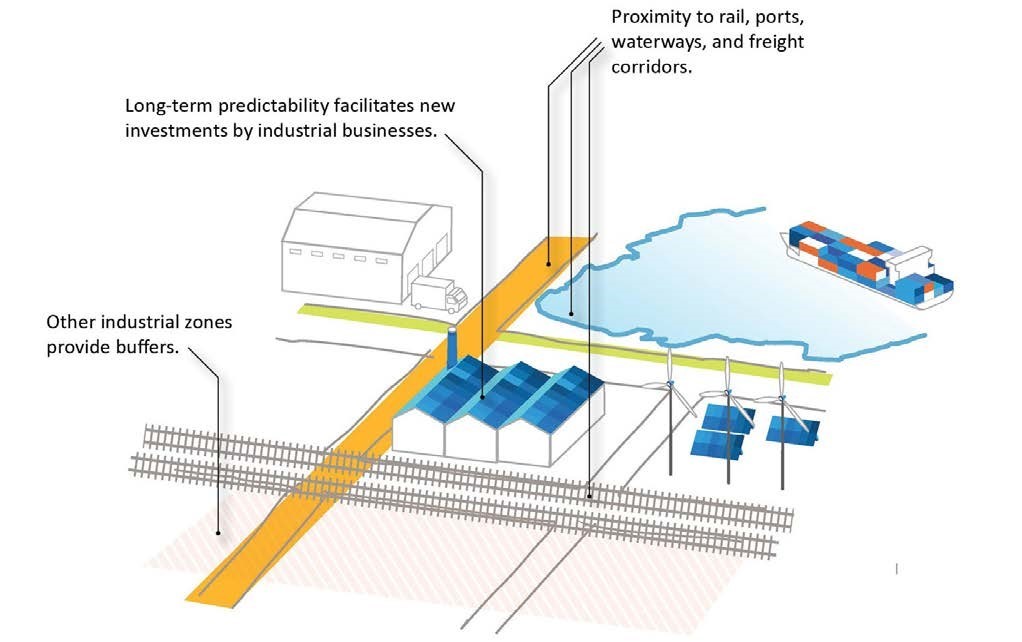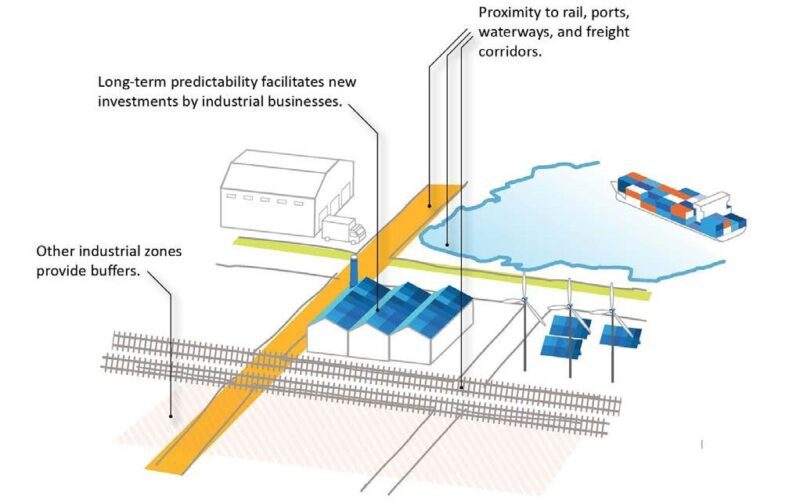
The city of Seattle recently took steps to ensure that its working waterfront will remain the domain of maritime and industrial uses for the foreseeable future and not become the location of large retailers or storage facilities.
The new legislation may eventually become a blueprint for other cities with both waterfronts and a housing crunch to follow.
On July 25, Seattle Mayor Bruce Harrell signed the Maritime and Industrial Strategy into law following its unanimous passage by the City Council the week prior. The package of legislation represents the first major update to the city’s industrial land use policy in decades.
The new law updates the city’s land use code to strengthen protections for existing industries, allow for the flexibility for future growth, and create “healthier transitions from industrial to non-industrial areas,” according to city officials.
The lands policy and zoning package was proposed by Harrell in April following talks between the city’s Office of Planning and Community Development with over 60 stakeholders from traditional and emerging industrial and maritime businesses, labor, housing developers, workforce development professionals and community representatives from impacted neighborhoods.
The legislation creates three new industrial zones: Maritime, Manufacturing & Logistics; Industry & Innovation; and Urban Industrial.
The Maritime, Manufacturing & Logistics zone is meant to enhance protections for both core and legacy industrial or maritime areas and help prevent big box retailers or mini-storage facilities from being built in these zones.
“This is particularly important for areas on or near the shoreline, as well as for locations near port and rail infrastructure,” the mayor’s office said in a statement after the signing of the legislation.
According to city officials, other efforts are continuing to implement additional strategies to support Seattle’s industrial maritime economy.
The ongoing work includes collaboration with stakeholders to identify freight transportation improvements; establishment of a new citywide industrial and maritime business advocacy and stewardship organization; and adoption of new subarea plans for the Ballard-Interbay-Northend and Greater Duwamish Maritime Industrial Centers.
“Our city was founded and flourished on the strength of our industrial and maritime sectors – Seattle’s future requires maintaining and building upon these critical economic cornerstones,” Harrell said.
“We have a green light for economic development and jobs,” Port of Seattle Commission Vice President Toshiko Hasegawa added. “This is a win for economic diversity, resiliency, and Seattle’s future.”
Notable maritime industry stakeholders said they also see the legislation as a win.
“Maritime businesses are a critical part of Seattle’s economy, providing good paying jobs and logistics services,” Jordan Royer of the Pacific Merchant Shipping Association said. “We appreciate the mayor’s leadership in ensuring Industrial and Maritime land is protected into the future.”
“The timing is perfect,” Port of Seattle Commissioner Ryan Calkins remarked. “The port and so many of our tenants are working towards business and environmental goals that require new infrastructure and capital development.”
Seattle appears to have come up with a solution that all involved parties are satisfied with, so it wouldn’t be surprising if other cities with maritime and industrial uses that abut residential and commercial areas, like San Diego, eventually follow Seattle’s lead and enact some sort of strategy to manage both commercial maritime growth and the need for more housing.
Managing Editor Mark Nero can be contacted via mark@maritimepublishing.com

